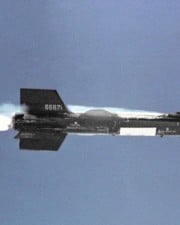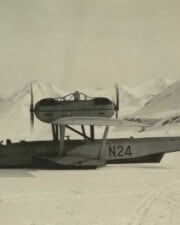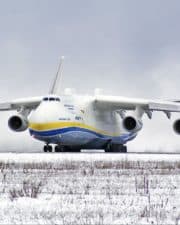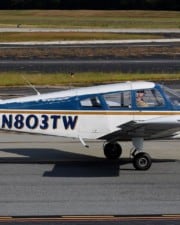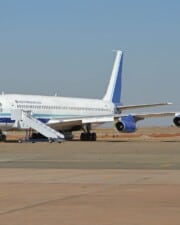Flying is statistically the safest way to travel. Still, nothing is safe 100% of the time, and that’s sadly true of flying – and when things go wrong aboard a plane, the results can prove deadly. The cases on this list rank among the industry’s worst tragedies.
The sad fact is that for as much as we try to protect ourselves from the prospect of aerial disasters, they can come in a litany of ways, many completely unexpected until it’s too late. As demonstrated throughout this list, new “types” of tragedies often give rise to new safety regulations.
However, that can be cold comfort for the families of those who have lost their lives. The death toll for all the crashes on this list tops 100. Many rank as some of the greatest modern disasters in their respective countries’ histories over the past few decades.
Faulty equipment, poor conditions, and pilot error are the three most common causes of plane crashes. For all our modern technology, there are myriad ways some “little” issue can arise or someone can make a “small” mistake, leading to disaster.
In some cases on this list, the planes suffered an immediate issue after takeoff. Others saw trouble mid-flight or toward the end. Sometimes communication is bad, leading to midair collisions.
However, that does not obscure the heroic efforts of pilots who do everything possible to try and rescue their plane from near certain doom. In a couple of the cases on this list, those efforts helped save the lives of at least some passengers.
These are the details about the 13 deadliest air disasters of all-time in chronological order.
Also Read: Worst Helicopter Crashes in History
1. The Grand Canyon Mid-Air Collision (1956)

By the 1950s, plane travel was no longer the primary domain of the rich and powerful. The decade saw the dawn of affordable commercial air travel as we know it — but sadly also saw one of the first terrible plane crashes of the era.
On June 30, 1956, a United Airlines Douglas DC-7 collided with a Trans World Airlines Lockheed L-1049 above Grand Canyon National Park in Arizona. Both flights had left LAX minutes apart, with Flight 2 (the L-1049) bound for Kansas City and Flight 718 (the DC-7) headed for Chicago.
The crash resulted in the death of all 128 people onboard both flights. It also resulted in the creation of the Federal Aviation Agency as well as a significant program of upgrades to American air traffic control systems.
2. The New York Collision (1960)
Decades before 9/11 and a few years after the Grand Canyon Collision, one of the worst crashes of the 1960s rocked New York. On December 16, 1960, a United Airlines Douglas DC-8 collided with a Trans World Airlines Lockheed L-1049, killing all 128 passengers and 6 people on the ground.
Both planes took off from Idlewild Airport – now JFK International Airport. There was a significant amount of collateral damage as well. Several buildings were destroyed, including the Pillar of Fire Church, a laundromat, and a funeral home.
This was also the first crash in which black box examination was a major part of the post-crash investigation. One contributing factor was that United Flight 826 (the DC-10) was beyond its clearance limit, in part due to its high rate of speed.
3. Turkish Airlines Flight 981 (1974)
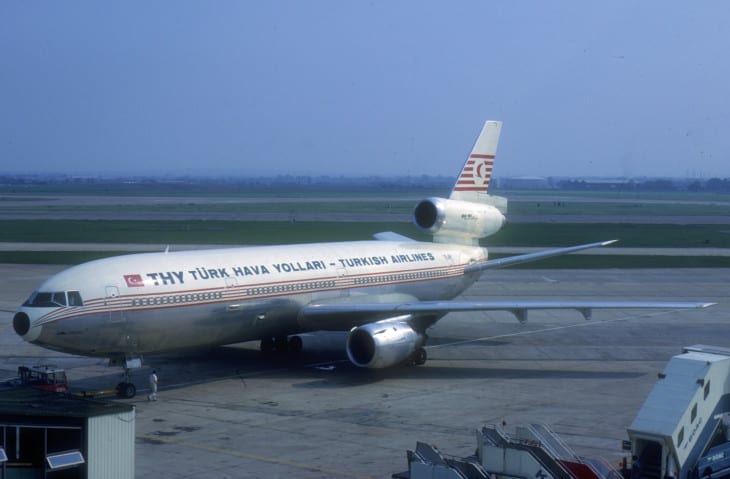
This crash occurred on March 3, 1974 when a Turkish Airlines Flight 981, a McDonnell Douglas DC-10 bound for London Heathrow with a stopover in Orly crashed in the Ermenonville Forest. The disaster claimed the lives of all 346 people onboard, still the worst single-plane crash to have no survivors.
Also known as the Ermenonville Air Disaster, the crash occurred because of a design flaw and a language barrier. Moroccan baggage handlers were confused by bilingual English/Turkish instructions. As a result, the rear cargo hatch’s latch blew open during the flight, causing rapid decompression.
This in turn severed cables that linked the flight deck to the plane’s elevators, rudder, and engines. That in turn left the pilots with no control over the plane, resulting in the plane crashing in the Ermenonville Forest just outside of Paris.
4. The Tenerife Airport Collision (1977)
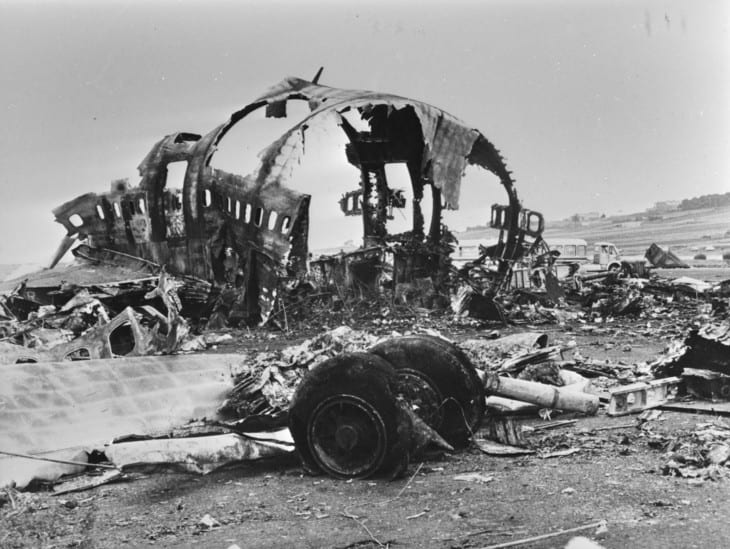
The worst crash of all-time, this was as the result of several tragic events. First, an explosion at Gran Canaria Airport in Spain resulted in flights being diverted to Tenerife Airport. This included KLM Flight 4805 and Pan Am Flight 1736. There was no ground radar, and conditions were foggy.
All of this combined made for mass confusion, culminating in the Flight 4805 and Flight 1736, both Boeing 747s, colliding with each other. Five hundred and eighty-three passengers onboard both flights lost their lives, making this the deadliest crash ever. Only 61 people from the back of the Pan Am plane survived.
While Dutch and Spanish authorities originally argued for separate conclusions as to the cause of the misunderstanding, the Dutch side and KLM eventually admitted their captain had mistakenly believed he’d been cleared for takeoff. This helped lead to English standardization in air traffic control settings.
5. Air India Flight 855 (1978)

This incident occurred on New Year’s Day 1978 when Air India Flight 855, a Boeing 757, departed Dubai for Mumbai. Adding to the tragedy, the Boeing 747 involved in this collision was the first acquired by Air India. Unfortunately, shortly after takeoff, it crashed into the Arabian Sea.
Only 101 seconds elapsed between takeoff and the plane crashing. The catastrophe was the result of an equipment malfunction when AI readings failed to accurately display the horizon, due in part to poor visibility resulting from darkness shrouding the area over the sea.
All 213 people aboard died, making this the second-worst aviation disaster in Indian aviation history. While there were initially fears of sabotage, this was eventually ruled out as information came to light about the AI malfunctions and pilots’ struggling with it.
6. American Airlines Flight 191 (1979)
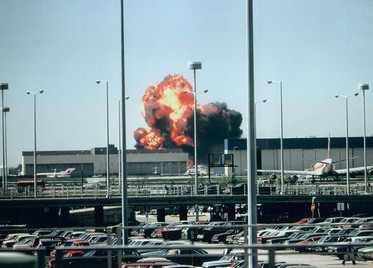
Besides 9/11 (which was an explicit terrorist attack and obviously not an “accident”) this remains the deadliest airline disaster in American history, with all 273 passengers onboard a McDonnell Douglas DC-10 losing their lives as well as two people on the ground.
Flight 191 left O’Hare bound for LAX. Shortly after takeoff, one of the engines beneath the left wing broke off from the aircraft before flipping over the top portion of the wing. This not only caused significant initial damage but also severed the hydraulic fluid lines, further hampering the plane.
The plane instantly began to roll, losing control as it turned over and fell into a field close to O’Hare. An NTSB investigation into the crash revealed that, in addition to the engine separation, faulty maintenance procedures following that crisis contributed to the disaster.
7. Japan Airlines Flight 123 (1985)
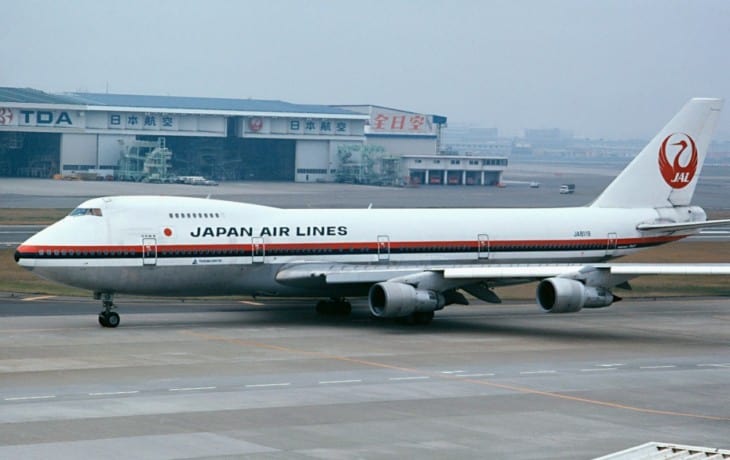
The worst single-plane crash to date, Japan Airlines Flight 123 took off from Tokyo’s Haneda Airport en route to Osaka, only to plummet into a mountainous area near Mount Takamagahara to the northwest of the city.
Twelve minutes after takeoff, the plane suffered explosive decompression, which in turn led to the craft losing its rudder as well as its hydraulic system. That deadly combination left the pilots essentially unable to control the crippled craft.
That doesn’t mean that they didn’t try, however. The crew struggled to save the plane and passengers for another hour and a half in a truly heroic effort. However, eventually the plane tragically crashed, costing the lives of 520 passengers with only four survivors.
8. United Flight 232 (1989)

This is another case of an airline disaster sparking change within the industry. On July 19, 1989, United Flight 232 left Denver en route for Chicago when the tail engine in the plane suffered a catastrophic failure. To make matters worse, the plane’s hydraulic lines were also severed as a result.
The combination of these factors resulted in the pilots being essentially unable to control the plane. As in the case of Japan Air Flight 123, the pilots nevertheless bravely tried to save the plane by any means possible and land at the nearest airport.
Thanks to the pilots’ efforts, however, of the 296 passengers onboard, an astonishing 185 survived. An investigation revealed a flaw with the DC-10’s engine and safety systems. The FAA eventually ordered modifications to DC-10s’ hydraulic systems and required all future aircraft be fitted with redundant safety systems.
9. China Airlines Flight 140 (1994)
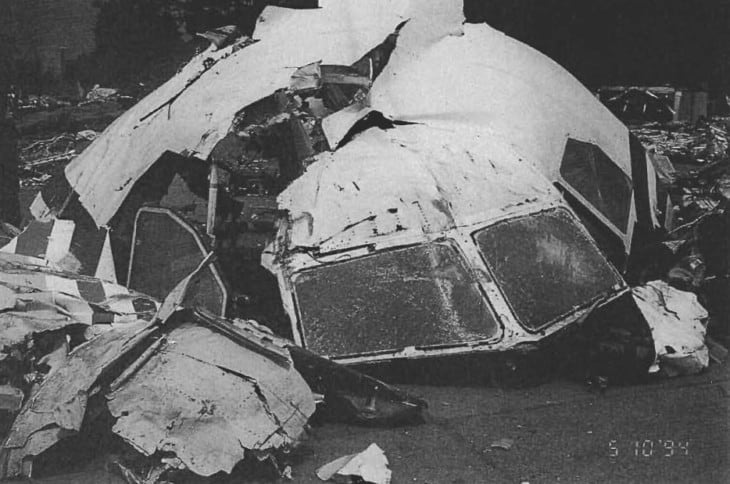
The trouble began for China Airlines Flight 140 when, just before the flight from Chiang Kai-shek International Airport in Taiwan was due to land in Nagoya in Japan, the First Officer onboard the flight accidentally activated the Takeoff/Go-around button.
This changed the throttle position, causing problems for the Airbus A300B4-622R. The pilots tried to fix this, but the autopilot got in the way, and the situation quickly went from bad to worse.
The plane began stalling and decreasing in speed dramatically until it finally crashed, claiming the lives of 264 of the 271 passengers onboard. This remains the worst aviation disaster suffered by China Airlines, and is the second-worst crash in history on Japanese soil.
10. Charkhi Dadri Collision (1996)
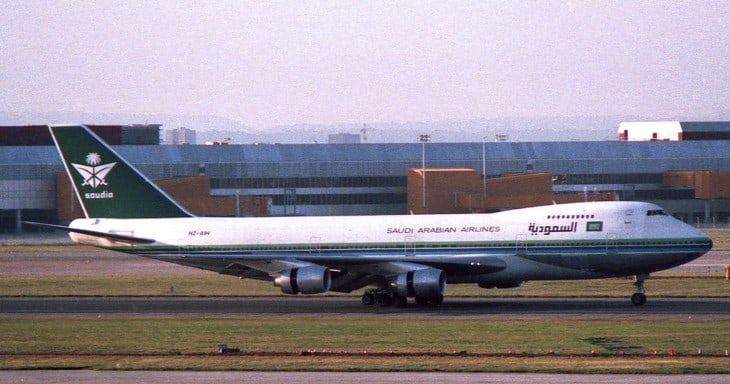
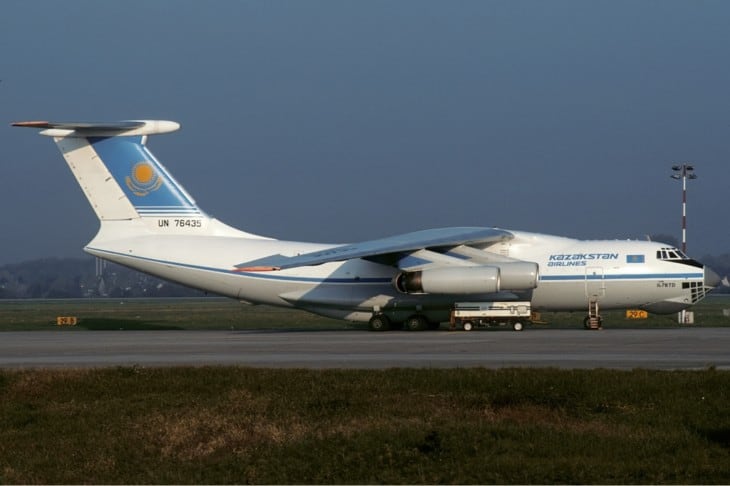
More than 15 years after Air India Flight 855, another midair collision between planes resulted in the worst aviation disaster in Indian aviation history. It also unfortunately stands as the worst midair collision in world aviation history with 349 passengers on both Boeing 747s perishing.
The collision involved Kazakhstan Airlines Flight 1907 and Saudia Flight 763 Charkhi Dadri in Northern India. The Saudia flight had left Delhi on its way to Dhahran while the Kazakhstan Airlines flight had left Shymkent for Indira Airport when the latter plane descended too quickly.
The tail of the Kazakhstan Airlines flight clipped through the wing of the Saudia plane, causing the latter to spiral fast. Three hundred and twelve people died on the Saudia flight, while 37 died on the Kazakhstan Airlines flight.
11. Air France Flight 4590 (2000)
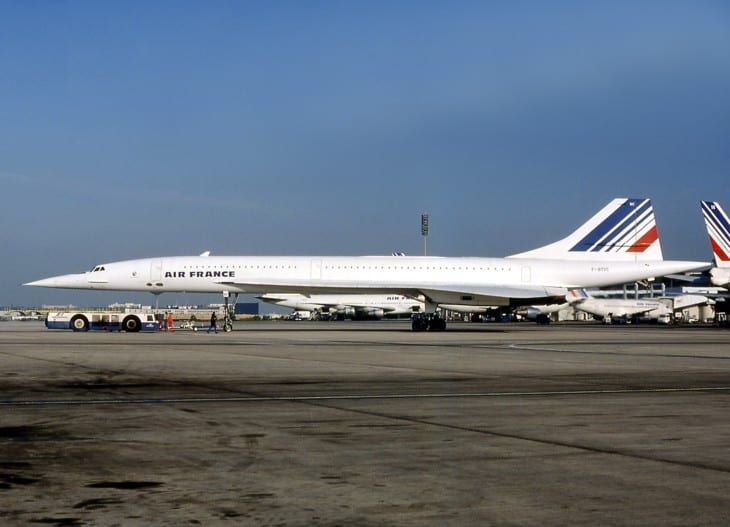
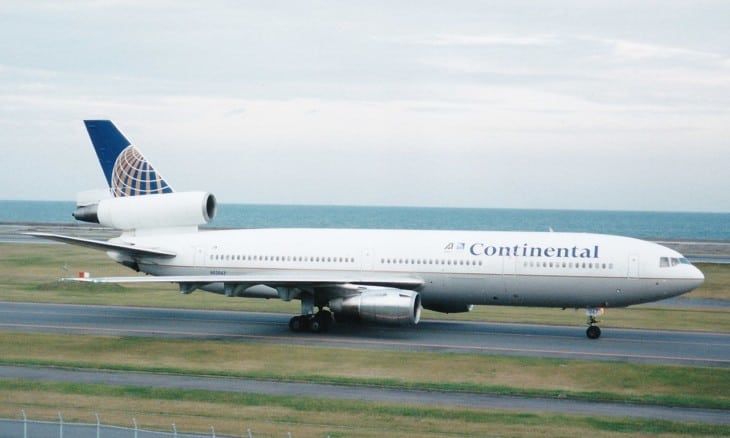
“The Flight of the Concorde” was grounded forever as a result of this terrible collision in France. Concorde jets provided supersonic speed and may have seemed like the future of airliners at one point. However, various problems brought them down, and this is one of them.
Air France Flight 4590 took off on July 25, 2000 from Charles de Gaulle Airport in Paris toward JFK in New York. The craft ran over debris on takeoff and blew a tire, kicking up debris which struck its left wing and caused the crash, killing all 113 people onboard.
The debris wasn’t even from the Concorde itself, but a Continental plane. However, the incident was enough, combined with other factors, to lead to the end of the Concorde once and for all.
12. American Airlines Flight 587 (2001)
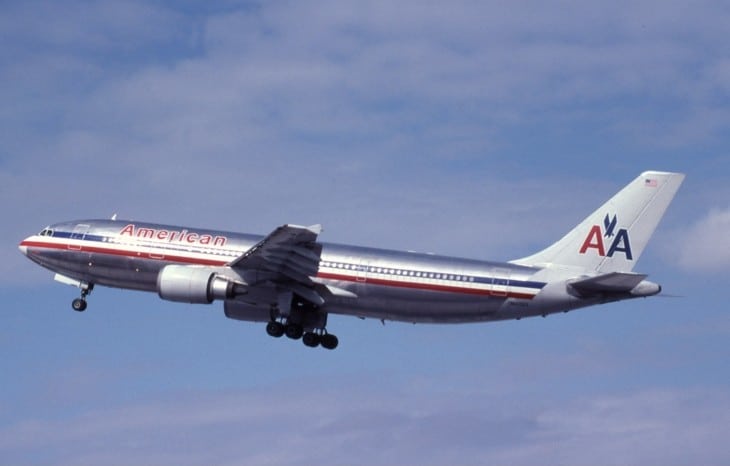
Only a couple of months after the 9/11 terrorist attacks devastated America and shocked the world, New York was once again the site of aviation tragedy and another plane crash.
It is the second-worst aviation accident in American history after American Airlines Flight 191, with all 260 people onboard and five on the ground perishing. Due to its proximity to 9/11, fears of another terrorist attack abounded. However, investigations revealed that pilot error was instead to blame.
The plane’s rudder was overused in the wake of turbulence. This in turn led to the plane’s engines catching on fire, causing the aircraft to crash into part of Queens.
13. Malaysia Airlines Flight 370 (2014)
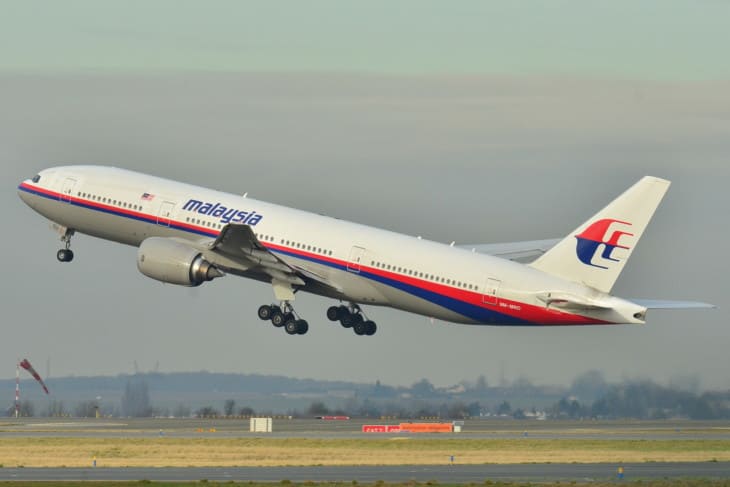
One of the most infamous plane crashes and flight disappearances in recent years, Malaysia Airlines Flight 370 left Kuala Lumpur for Beijing before disappearing on March 8, 2014, never to be seen again. Air traffic control lost contact with the plane despite no warning of problems.
The disappearance became an international sensation and tragedy, with extensive searches of the southern Indian Ocean being carried out. The closest thing to a scrap of evidence was a flaperon being recovered on Reunion Island, 3,700 km from the original search locations, in 2015.
The best guess as to the fate of Malaysia Airlines Flight 370, the flight likely changed course (though the reason for this remains unknown and may well remain that way forever) before running out of fuel. Two hundred and thirty-nine people were onboard, and all are presumed to have perished in the tragedy.
References ▾
- https://www.nbcnewyork.com/news/local/1960-plane-collision-over-brooklyn-spurred-improvements/1876346/#:~:text=The%20Dec.,128%20people%20on%20both%20planes.&text=The%20other%20plane%2C%20a%20TWA,air%20base%20on%20Staten%20Island
- https://ia800707.us.archive.org/27/items/Cab-aar1960-12-16-united-826-twa-266/Cab-aar1960-12-16-united-826-twa-266.pdf
- https://news.google.com/newspapers?id=j9ZVAAAAIBAJ&pg=6267%2C6928131
- https://www.tenerife-information-centre.com/tenerife-airport-disaster.html
- https://www.tenerife-information-centre.com/tenerife-airport-disaster.html
- https://www.cleartrip.com/collections/10-worst-accidents-in-air-travel-history/
- https://interestingengineering.com/9-plane-crashes-that-changed-the-course-of-the-aerospace-history
- https://gulfnews.com/photos/news/11-of-the-worlds-deadliest-air-crashes-1.1578467224916
Related Posts



